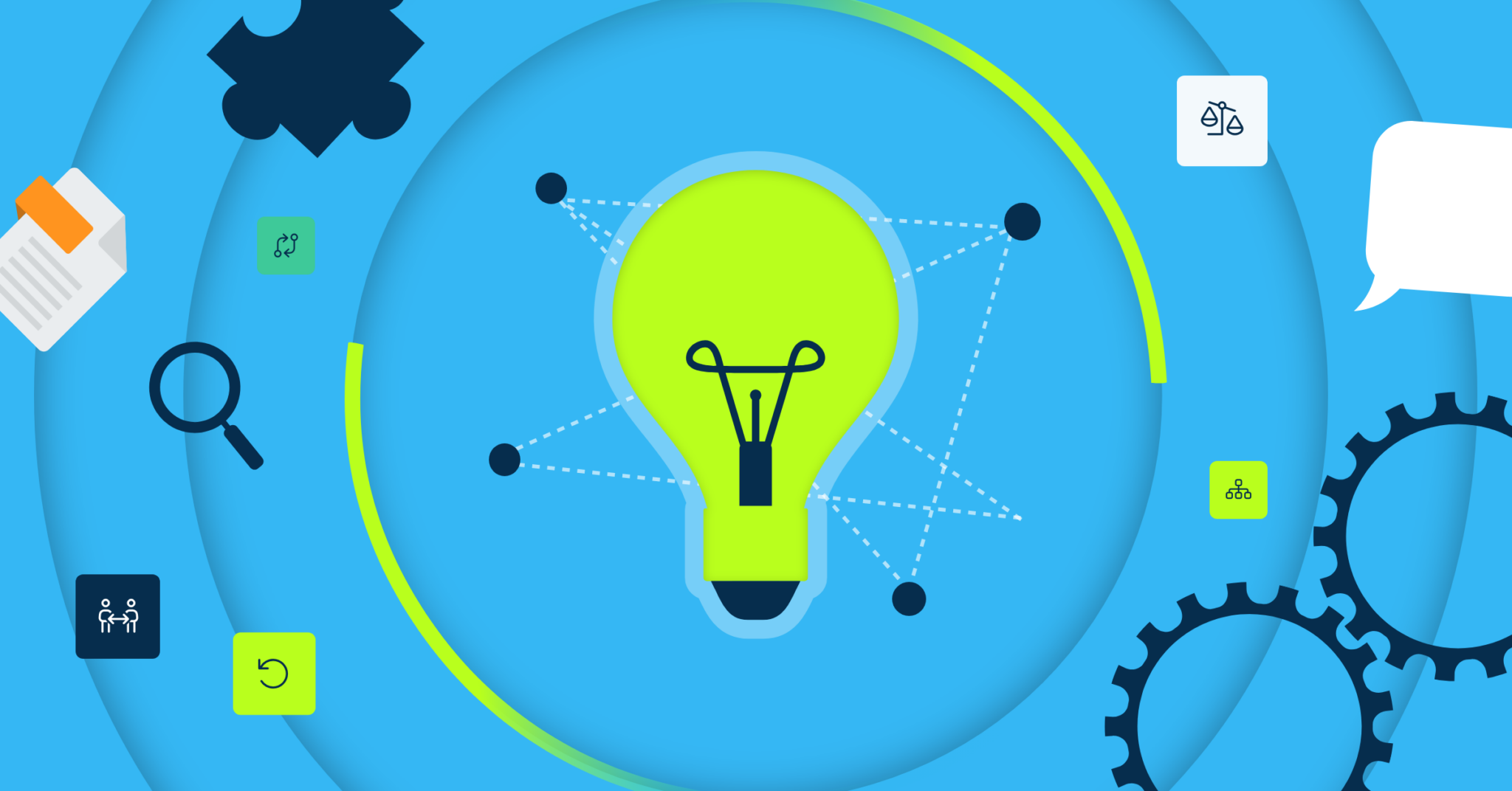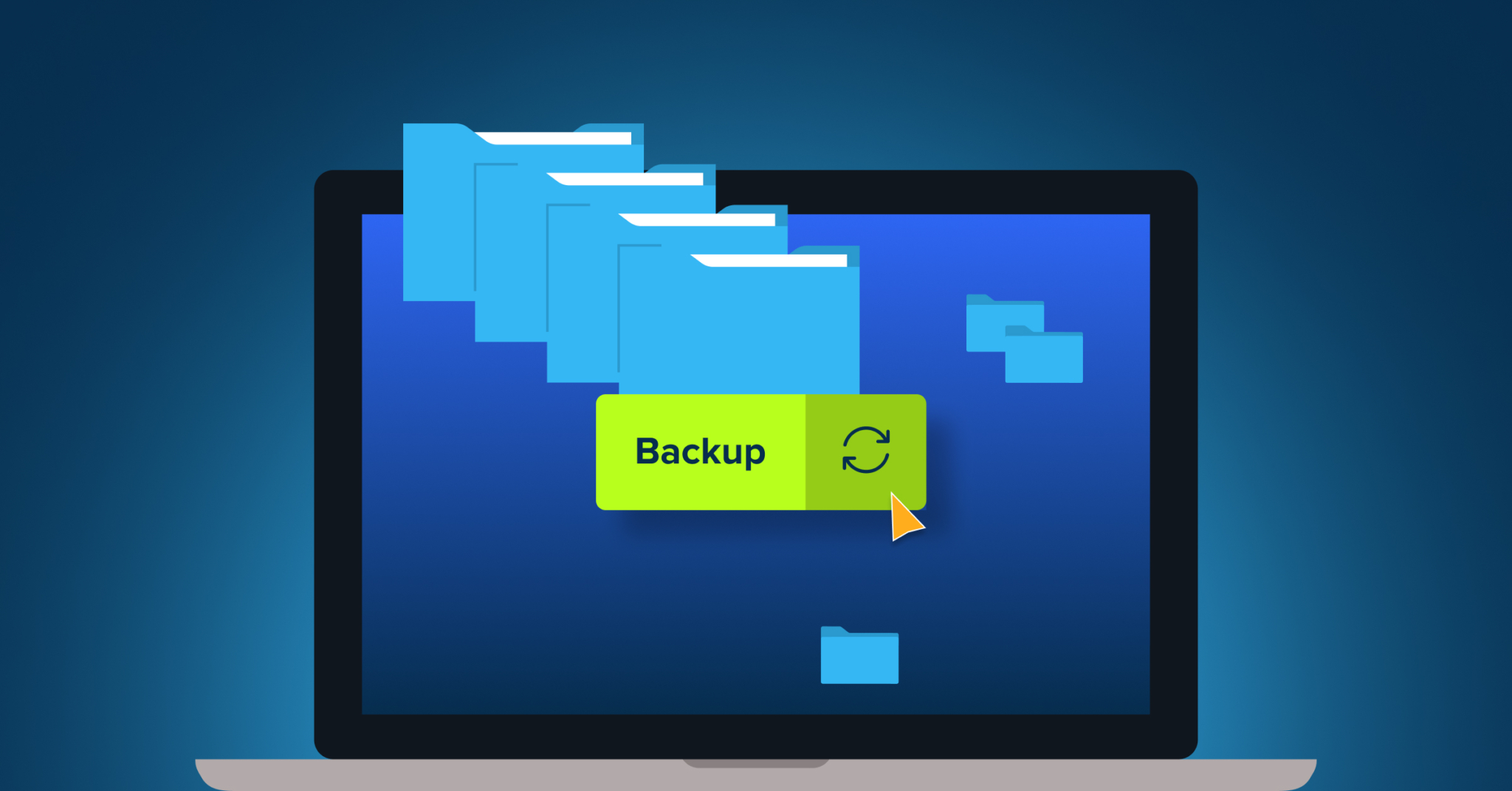
When an organization wants to protect itself from data loss and business disruptions following a disaster, it needs a disaster recovery plan. These plans are often supported by automated disaster recovery software that helps organizations prevent, detect, and/or recover from disasters. Whether you’re trying to prepare for the threats of ransomware, natural disasters, or unexpected hardware failures, your organization can benefit from knowing which automated disaster recovery software options are available and how they can support your disaster recovery plan.
What Are the Main Components of a Disaster Recovery Plan?
Disaster recovery plans are documented processes that describe specific procedures organizations should follow to restore their IT infrastructure and essential data following a disaster (e.g., a natural disaster, human error that results in a significant loss of data, successful ransomware attacks, etc.). The goal of these plans is to minimize data loss and disruptions to business operations. Since they contain documented processes that an organization’s team can follow after a disaster, they also help businesses recover faster.
Disaster recovery software is designed to assist with disaster recovery planning and recovery. While disaster recovery solutions share an overall goal of supporting a disaster recovery plan, they differ based on their focus. Disaster recovery plans contain preventive, detective, and corrective elements, with disaster recovery software usually only focusing on one or two of these elements. Below, you can find a breakdown of each element of disaster recovery plans:
- Preventive: The preventive components of a disaster recovery plan aim to stop disasters from happening in the first place by focusing on the security and reliability of systems. For example, an organization might use software to monitor environments for compliance violations and configuration errors. Another step might be to ensure essential data is automatically backed up to prevent major data loss if a disaster occurs.
- Detective: Some disasters might not be immediately noticeable to an organization, leading to a slower response and recovery time. The detective elements of a disaster recovery plan will focus on discovering disasters (e.g., ransomware having infected an employee’s device) and alerting your team to them in real time.
- Corrective: If a disaster occurs, the corrective elements of a disaster recovery plan will focus on recovering from a disaster. Typically, this portion of the plan will involve recovery procedures for restoring systems and data in a time frame that meets an organization’s recovery time objective.
What Can “Automated Disaster Recovery Software” Refer To?
Automated disaster recovery software can refer to multiple types of software, which may address one or more of the three main elements of a disaster recovery plan. For example, one type of automated disaster recovery software might only focus on backing up and restoring data, while another might focus on restoring IT infrastructure. As you look for the best disaster recovery software for your business, review the four main types of automated disaster recovery solutions:
1. Virtual Disaster Recovery Solutions
Virtual disaster recovery solutions replicate an organization’s systems and data in a virtual environment. While using a virtual disaster recovery solution, organizations will back up their data and operations to an off-site virtual machine. At times, organizations may even create a virtual replica of their entire IT infrastructure and run it via virtual machines.
If a disaster occurs, an organization can use its virtual machines to recover applications and data. This corrective solution enables businesses to recover quickly and efficiently from a disaster. However, virtual disaster recovery solutions sometimes struggle with data inconsistency and require consistent workload and data transfers to be successful.
2. Disaster Recovery as a Service
Disaster Recovery as a Service (DRaaS) is offered by cloud providers who allow clients to back up their IT infrastructure and data to the provider’s cloud infrastructure. DRaaS service models tend to be the most comprehensive of the disaster recovery software options, as the provider will manage their clients’ backup and recovery needs. When a disaster occurs, the provider will implement your disaster recovery plan, ensuring your data and systems are properly restored.
Because DRaaS is quite comprehensive, it’s one of the most costly disaster recovery solutions. DRaaS is typically only used by larger organizations that can bear the costs. The benefit of not having to handle the recovery process on your own can also be seen as one of DRaaS’s drawbacks, as it reduces the amount of direct control organizations have over their infrastructure. Outsourcing your disaster recovery needs also means you have to find a provider you can trust as a partner to correctly implement your disaster recovery plan.
3. Point-in-Time Snapshots
Also called point-in-time copies, point-in-time snapshots refer to snapshots that replicate files and/or entire databases at set intervals. When a data loss event affects your files, you can use this software to restore data from the snapshot. Since snapshots capture the state and settings of data at a particular point in time, they’re often used to quickly restore a server or operating system to a previous state, kinda like a time machine.
The downside of snapshots is, data can only be recovered from the snapshot if it is unaffected by the data loss event. If you’re keeping snapshots on an impacted device, you could lose the ability to restore the lost data entirely. Another drawback to point-in-time snapshots is that they can leave you open to significant data loss based on the intervals of snapshots. For example, if your snapshots are taken every 24 hours, you could lose an entire workday’s worth of data if a data loss disaster occurs.
4. Endpoint Backup Solutions
Endpoint backup solutions focus on backing up data from users’ endpoints (e.g., desktop computers and laptops) and transferring these data copies to a provider’s cloud. This approach to backup ensures all your employees’ data is backed up, seamlessly, while they work. By automatically backing up files at set intervals, these solutions prevent data loss following a disaster. When using these solutions, it’s best practice to have them automatically back up data every few minutes to eliminate the risk of significant data loss.
Alongside preventing data loss, endpoint backup solutions serve a corrective function. For example, when a ransomware attack infects your organization’s devices, the backup data in the off-site cloud won’t be affected and can be restored once the ransomware is removed. These solutions are often less costly compared to DRaaS, making them a popular option for businesses of varying sizes.
Choose CrashPlan for Disaster Recovery Solutions
If you’re ready to invest in automated disaster recovery software, turn to CrashPlan. Our backup solutions are designed to play a vital role in your business’s disaster recovery plan, ensuring your data is automatically backed up every 15 minutes and able to be quickly recovered following a data loss event. In addition to offering automatic backups and fast data restoration, our solutions feature unlimited file versioning, and we protect your data both at rest and in transit with leading security features.Learn more about our disaster recovery solutions today. If you’re ready to see how our endpoint backup solutions can help strengthen your disaster recovery plan, please sign up for a free trial.






